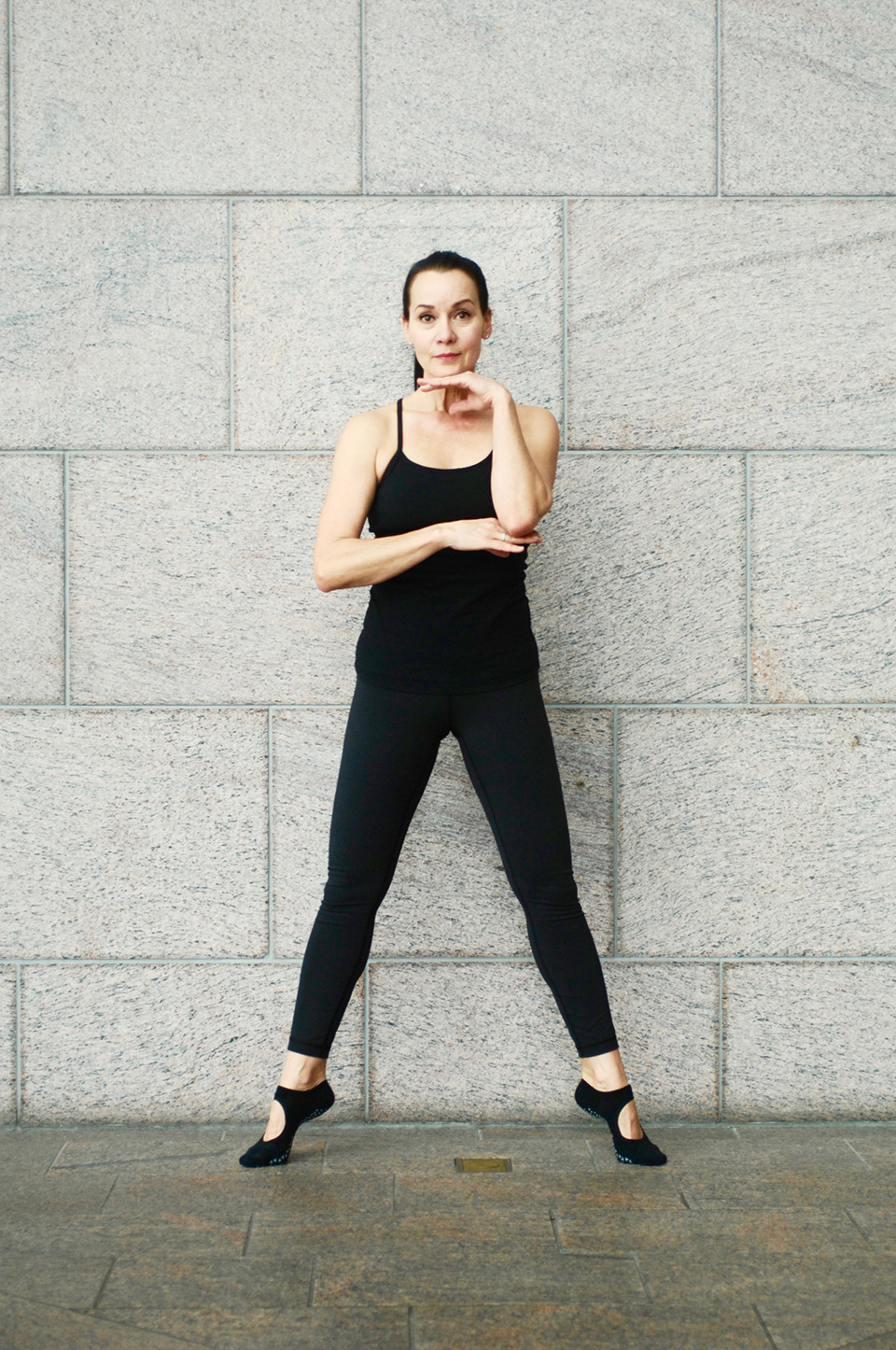Movement will make you a better doctor. At least, that’s what this year’s artist in residence believes. Sandra Tisiot discovered her love for dance as a child growing up in Hamilton, Ontario. She followed her passion to Los Angeles as a teenager where she spent nearly 10 years as a student and eventually as a professional company member, performing mainly in the styles of modern and jazz. An injury ended her career shortly after she was cast in the film production of Fame. But movement has always been a part of her life, most recently as a dance teacher in Ottawa, where she instructs bar fitness and bodyART. Over the next 12 months, she will share her craft with first- and second-year MD students. The following is a conversation with Tisiot shortly after her workshops began in spring, 2018.
How would you describe the role of an artist in residence at a faculty of medicine?
An artist in residence helps students explore their creative sides. Medical students in particular are often functioning on the left side of their brain, the analytical side. The artist in residence helps facilitate exploration of the right side. As a dancer I want to help them explore their creativity through movement.
How did you learn about the position?
Someone sent me information about the position when I was working on my Master’s in Metaphysics, and on my thesis which is titled “Dancing with the cosmos to a higher state of being.” The idea of an artist in residence aligns with this work, where I think of movement therapeutically and physically but also as a way of helping us to access something called the “flow state,” which is where we’re able to tap into our peace, joy and bliss.
What was it about being an artist in residence at a faculty of medicine that appealed to you?
My sister is married to a doctor. He plays the piano and I’ve seen how music has helped him cope with stress and overwork. When I saw the Faculty of Medicine was looking for an artist in residence, I thought to myself, “Of course they need this!” because I saw first-hand the benefits of the arts on my brother-in-law’s mental and emotional health. From the perspective of artistic movement, there’s something special that happens when you move creatively. It contributes to strong mental health, but it’s also very grounding and enriching, and provides a deep sense of joy. The feeling of joy you get from moving your entire body through dance is something more profound than what you might experience at a gym, where workouts are methodical and focus on working specific sets of muscles.
What do you have planned for the year?
During the first phase we will focus on repetitive movement, using a combination of yoga, dance, strength and awareness. The idea is that eventually you become familiar enough with the movement that the body and mind slip away, and you get into the flow state. It’s in this flow state where students will find that stress leaves, creativity comes, and ideas flow.
Once they become familiar with their body, over about three months, we can then start getting into some more formalized modern dance. In my final few months with the students, we will do some groove, which is really fun and kind of like having a dance party with all of your closest friends. We put on some great music, and with each song we will explore one single movement on all levels. You can get very lost in this kind of dance, and people find it very freeing and fun.
Do you think you have your work cut out for you because people are so self-conscious about dancing in public?
If you’ve ever moved in public, you just want to hide, right? I’ve been discussing this with the Faculty and trying to find a good space that perhaps isn’t in the atrium, which is very public and where everyone can see you. It is important that the physical space in which we practice doesn’t inhibit people from wanting to attend. I’d love to find a room where we have a lot of light, because light is important, but where we also have some privacy and it’s safe for participants to get into their own headspace. This is very important.
What do you hope to achieve during your time as artist in residence?
I hope that the students are going to be so inspired and love it so much that they will continue any form of movement in their life and that it will become part of who they are every single day, because they are going to absolutely need it as physicians – as much as we need them.

